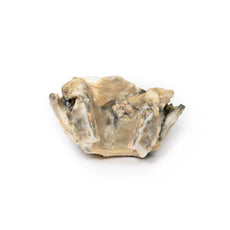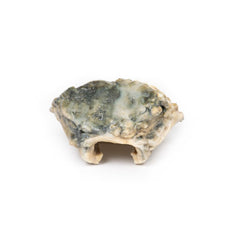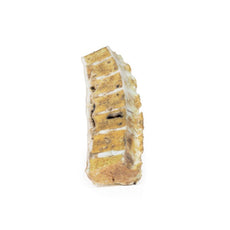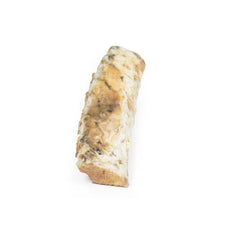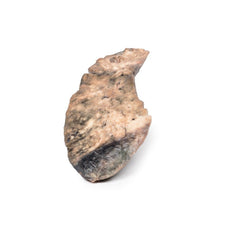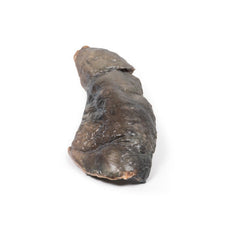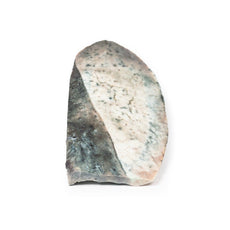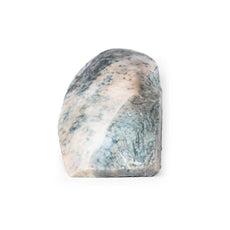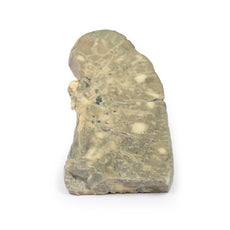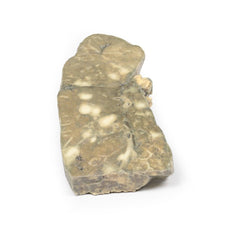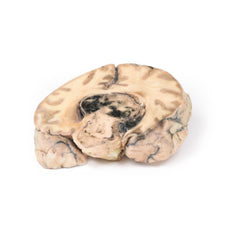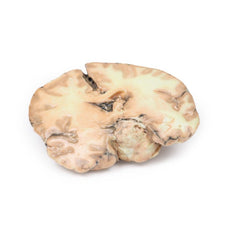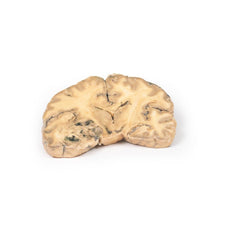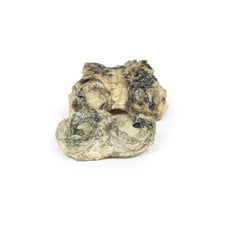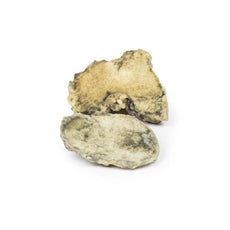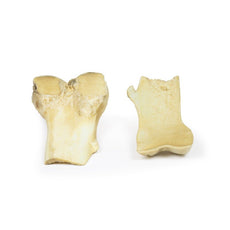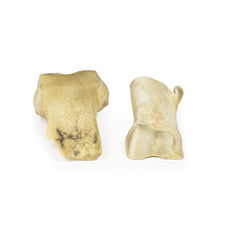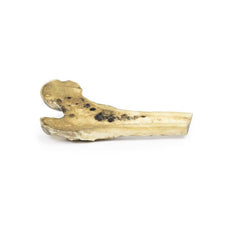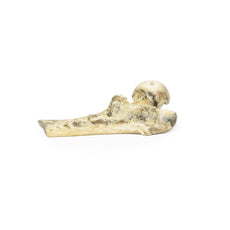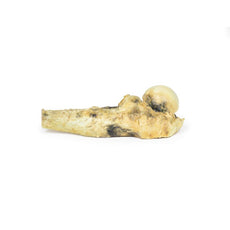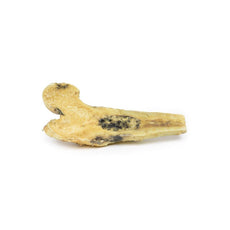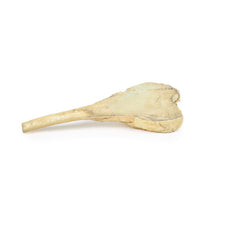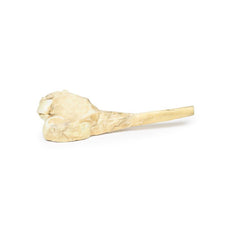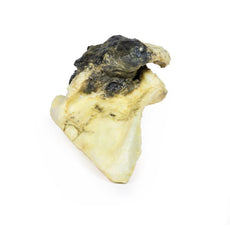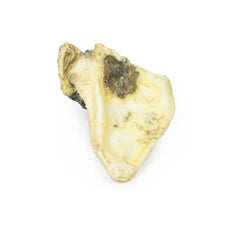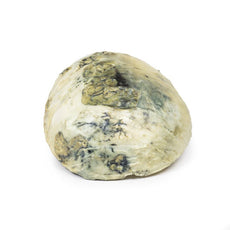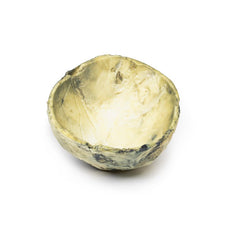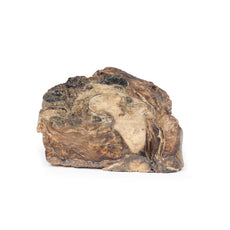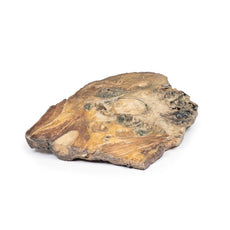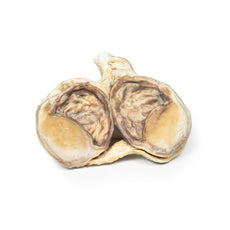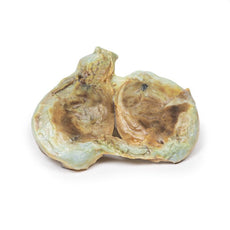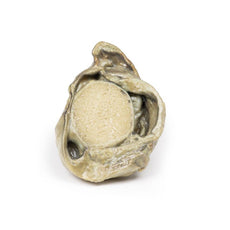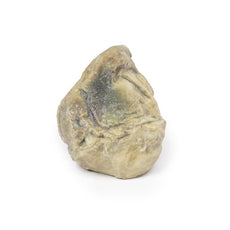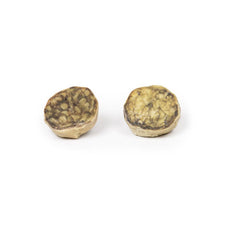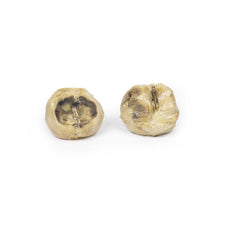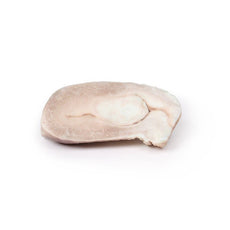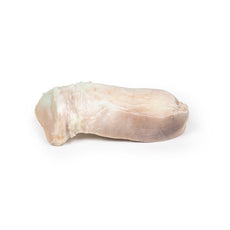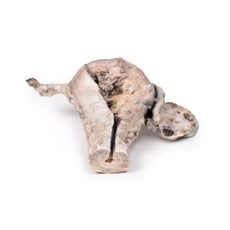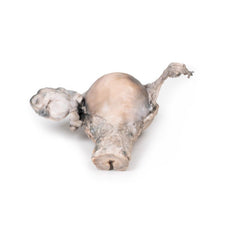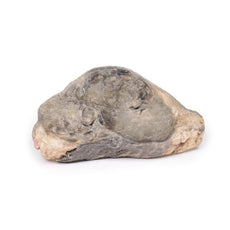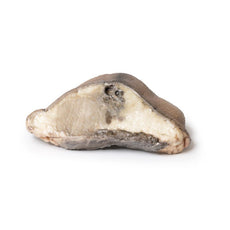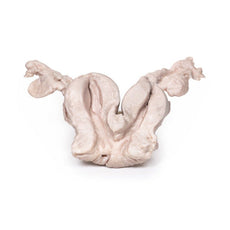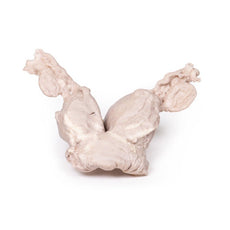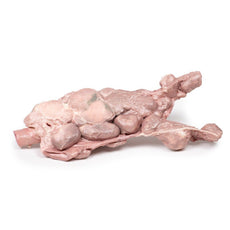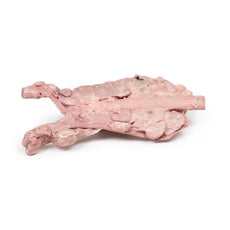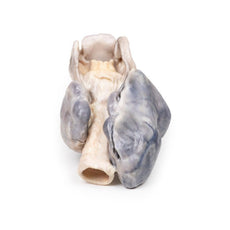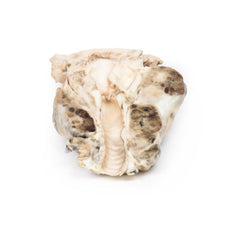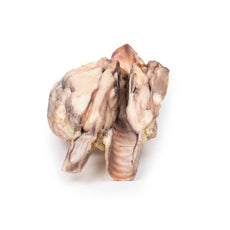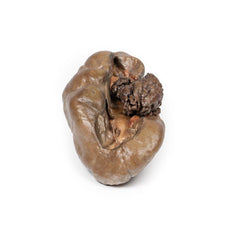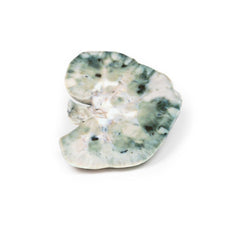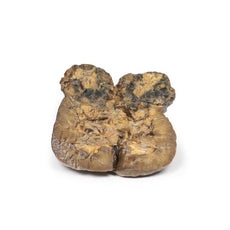Your shopping cart is empty.
3D Printed Atrial Septal Defect
Item # MP2032Need an estimate?
Click Add To Quote

-
by
A trusted GT partner -
FREE Shipping
U.S. Contiguous States Only -
3D Printed Model
from a real specimen -
Gov't pricing
Available upon request
3D Printed Atrial Septal Defect
Clinical History
A 10-year-old girl with a known congenital heart was admitted for surgical repair because of
the recent onset of cyanosis and cardiac failure. On examination, she was breathless with a blood pressure of
105/60mm/Hg and a pulse rate of 140/min. There was a loud heart murmur in the fourth left intercostal space
adjacent to the sternum. The jugular venous pressure was elevated, and there were bilateral pulmonary basal
crepitations but no peripheral oedema. At operation, the defect was repaired; however, death followed a sudden
post-operative deterioration of unknown cause.
Pathology
The heart is viewed from the left side. The left atrium has been opened to display a large ovoid
defect 3.5 cm in greatest diameter in the inter-atrial septum. Only a small postero-inferior crescentic rim of
septum remains. The left ventricle is small, and the right ventricle is hypertrophied (see posterior aspect of
specimen where part of the right postero-lateral wall of the right ventricle has been cut away to demonstrate
the thickened wall). The pulmonary artery, seen to the left of the atrial cavities, is greatly enlarged. The
smaller vessel seen lying above the cut end of the pulmonary artery is the aortic arch. The cut edge of a lumen
8 mm in diameter immediately below the cut end of the pulmonary artery is the left auricular appendage.
Further Information
Atrial septal defect is usually asymptomatic early in life, even when large. Symptoms may
not develop until adult life. The onset of symptoms is due to reversal of the initial left-to-right shunt as a
result of increasing right ventricular hypertrophy and pulmonary hypertension. The ensuing right-to-left shunt
is associated with cyanosis and dyspnoea, and ultimately leads to congestive cardiac failure.
There are several types of atrial septal defects, including:
Secundum – This is the most common type of ASD
and occurs in the middle of the wall between the atria (atrial septum). Primum – This defect occurs in the lower
part of the atrial septum and might occur with other congenital heart problems.
Sinus venosus – This rare
defect usually occurs in the upper part of the atrial septum and is often associated with other congenital heart
problems.
Coronary sinus – In this rare defect, part of the wall between the coronary sinus — which is part of the vein
system of the heart — and the left atrium is missing.
It is not known why all atrial septal defects occur,
but some congenital heart defects appear to be familial and sometimes occur with other genetic problems, such as
Trisomy 21 (Down’s syndrome). Some conditions during pregnancy can increase the risk of having a baby with a
heart defect, including acute infections such as Rubella infection; drug, tobacco or alcohol use, or exposure to
certain substances (such as cocaine) during the first trimester of pregnancy; and underlying systemic
conditions, such as diabetes or systemic lupus erythematosus.
 Handling Guidelines for 3D Printed Models
Handling Guidelines for 3D Printed Models
GTSimulators by Global Technologies
Erler Zimmer Authorized Dealer
The models are very detailed and delicate. With normal production machines you cannot realize such details like shown in these models.
The printer used is a color-plastic printer. This is the most suitable printer for these models.
The plastic material is already the best and most suitable material for these prints. (The other option would be a kind of gypsum, but this is way more fragile. You even cannot get them out of the printer without breaking them).The huge advantage of the prints is that they are very realistic as the data is coming from real human specimen. Nothing is shaped or stylized.
The users have to handle these prints with utmost care. They are not made for touching or bending any thin nerves, arteries, vessels etc. The 3D printed models should sit on a table and just rotated at the table.










